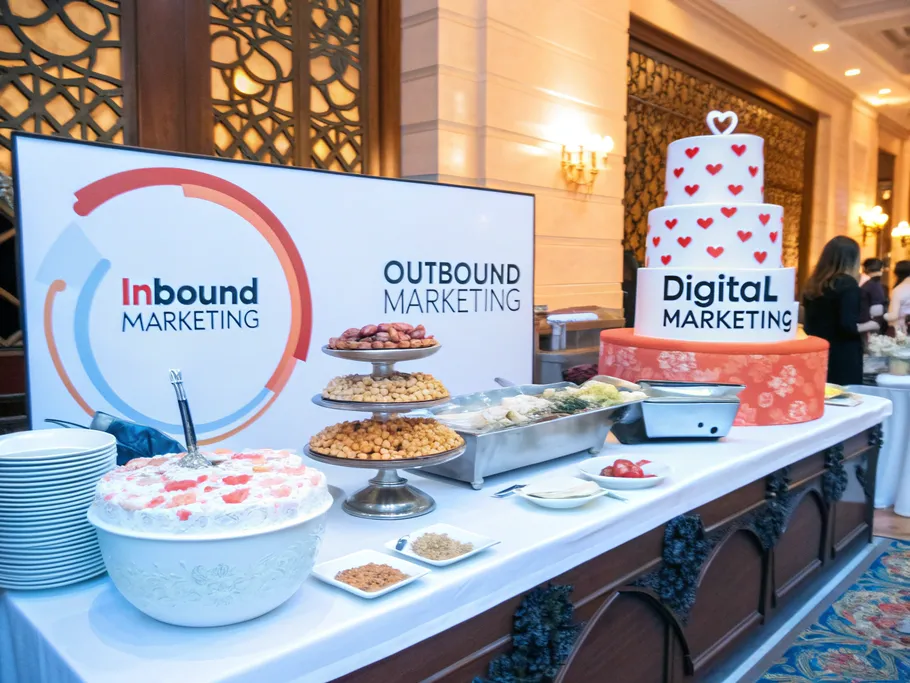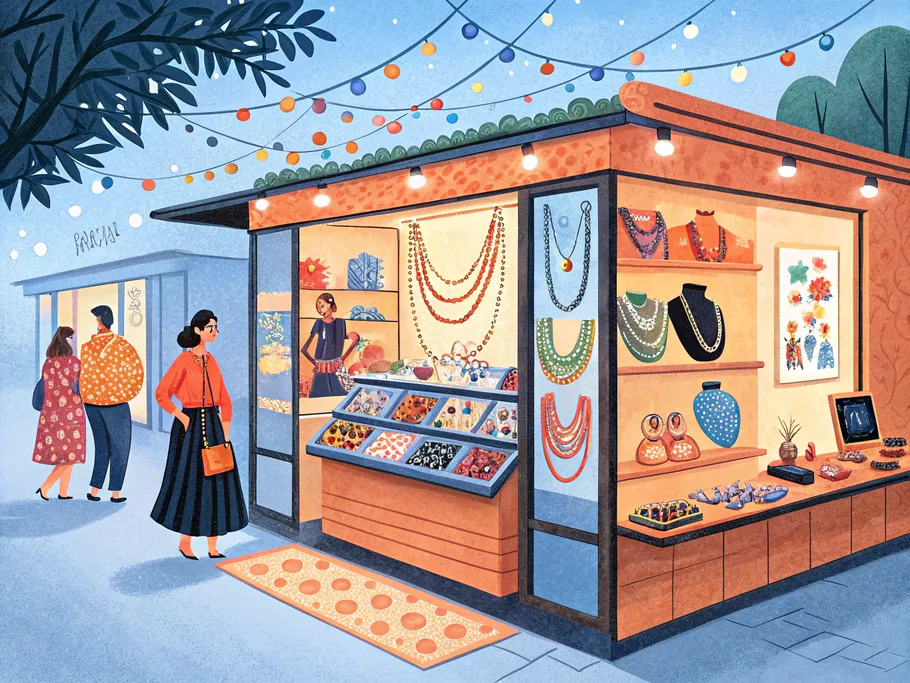Most founders don’t know the difference, and it costs them customers
Ever met that overconfident startup founder who swears they’ve “nailed marketing?”
Then they host a big product launch, only to the sound of silence as potential customers collectively shrug.

These kinds of awkward flops often happen when founders throw around words like “marketing,” “advertising,” and “promotion” like interchangeable buzzwords. Spoiler: they’re not to be mixed up.
Before you do the same and end up setting your budget on fire, let’s break it down.
Marketing and promotion often sound like siblings—they dress alike, hang out together, and show up at the same time. But they’re not the same. Promotion is just one cog in the marketing machine.
So what is Marketing? It’s the whole strategic shebang. It’s how you take a product from napkin sketch to mass-market darling. It’s identifying who you’re selling to, what they care about, how you’ll reach them, and why they’ll choose you over the others.
Meanwhile, promotion is just your megaphone—it’s how you tell the world about that shiny product once you’ve figured out everything else.
Diving deeper into the two, you’ll see the role each plays.
Marketing includes your strategy, your positioning, and your playbook:
It means surveying potential customers, aka understanding who actually wants this thing you’re selling. It includes researching what makes your audience tick—what they love, what they loathe. It includes crafting ads, yes, but also refining your product, packaging, pricing, and even your customer service voice.

Marketing comes in all shapes and sizes.
Now, promotion is your flashy moment on stage. It’s the activity where you push your product into the spotlight—whether through sales, contests, ads, or viral TikToks.
Promotion is how you get noticed (because no one buys the best-kept secret in town), drive sales fast (more eyeballs = more credit cards swiped), and solve problems (aka, show why your product is the hero).
Here’s what promotion in action looks like:
For marketing at its finest, blend the two like the pros.
Oh, and while we’re here—there are seven ‘Ps’ of marketing of which ‘promotion’ is just one (there’s also product, price, place, people, process, and physical evidence), but more on that there.
Some companies, like Tesla and Telegram, have scaled into giants without spending a dime on traditional advertising.
Does that mean “a good product sells itself”? Sort of—but also, no.
It means they invested heavily in brand, community, buzz, and storytelling. Their products became part of a cultural conversation—without relying on Super Bowl spots or splashy banner ads.
The takeaway? You don’t need to put all your chips on paid ads. Advertising, like promotion, sits within a broader marketing strategy. You need to think bigger.
Advertising for beginners? Ads are one type of promotion of ideas, goods, or services. They’re one part of the marketing toolbox.
Advertising includes most tactics you already know: TV (for mass appeal, still huge for certain demos), Radio (for regional and niche targeting), Online (Your Google Ads, Instagram Stories, banner ads.), and Local Ads: (Billboards, flyers, and community newspapers—yep, still alive).
Russell H. Colley (the OG of ad strategy) identified 52 possible advertising objectives and ‘DAGMAR’ method for “Defining Advertising Goals for Measured Advertising Results”.
According to him, an advertising goal is a specific task to be accomplished, with a defined audience, within a specific timeframe.
So an example of an advertising objective would be: “Convince 30 million homemakers that Brand X cleans clothes better—moving from 10% belief to 40% belief within one year.”
See? Specific. Measurable. Time-bound. SMART before SMART was trendy.
There are different flavors of advertising:
Both are trying to win customers over. Both get measured by conversions, engagement, and revenue.
The difference? Marketing is the entire playbook—from audience research, to segmentation, to product design, to PR. And advertising is the tactical, loud-speaker moment when you shout about it.
If you need fast sales, targeted ads might do the trick.
If you want to build a brand people love and trust, you’ll need a holistic marketing strategy.
Just like with promotion, great businesses use both in sync.
Marketing and sales aren’t enemies; they’re teammates. Picture the classic funnel:
Step 1: Marketing warms up leads, educating them about the problem and solution.
Step 2: Sales swoops in to close the deal when the customer is ready.
Startups often fumble by skipping the marketing part and diving straight into sales pitches. Don’t be that startup.

One golden rule: Marketing should inform product development from day one.
There are five marketing concepts, also known as ‘marketing management orientations,’ to help design a marketing strategy. You see these concepts all around you – it’s not just about marketing products to customers, but also about how they’re created.
A landing page isn’t just a landing page—it’s a story where the customer is the hero, the villain is their problem, and your product is the plot twist that saves the day.
Humans are wired for stories. When you position the customer at the center of the story or even weave them into your campaigns, customers lean in.
A Fortune 500 CEO once said: “I keep my messages so simple that even Forrest Gump could write them. Then I repeat them. Again and again.”
Marketing isn’t about sounding smart. It’s about being understood. It’s about communicating effectively across all channels. Clarity wins.
Forget “digital” as just “online stuff.” A true digital marketer is a data nerd in disguise, obsessed with patterns and numbers.
Modern marketers must speak in metrics, whether they’re running TikTok ads or printing flyers for a farmers’ market. To increase conversion rate by X% = do Y. To improve customer retention by Z% = tweak funnel A.
A cohesive brand message inside and outside your company builds trust, loyalty, and (most importantly) cash flow.
Startups that crush it don’t treat marketing as an afterthought. They bake it into the product, listen to data, and tell better stories. Less “spray and pray” promotions and advertising, and more “track and tweak” marketing.
The next time someone tells you “We just need a killer ad,” politely remind them that you don’t just need a megaphone; you need a plan.

Email subscription is available ONLY TODAY (oh, okay, and tomorrow).
Surely, we respect your inbox! Unsubscription works every day.

We’d love to tailor your experience — which of these best describes you?